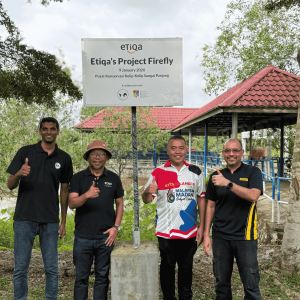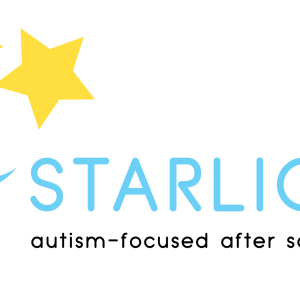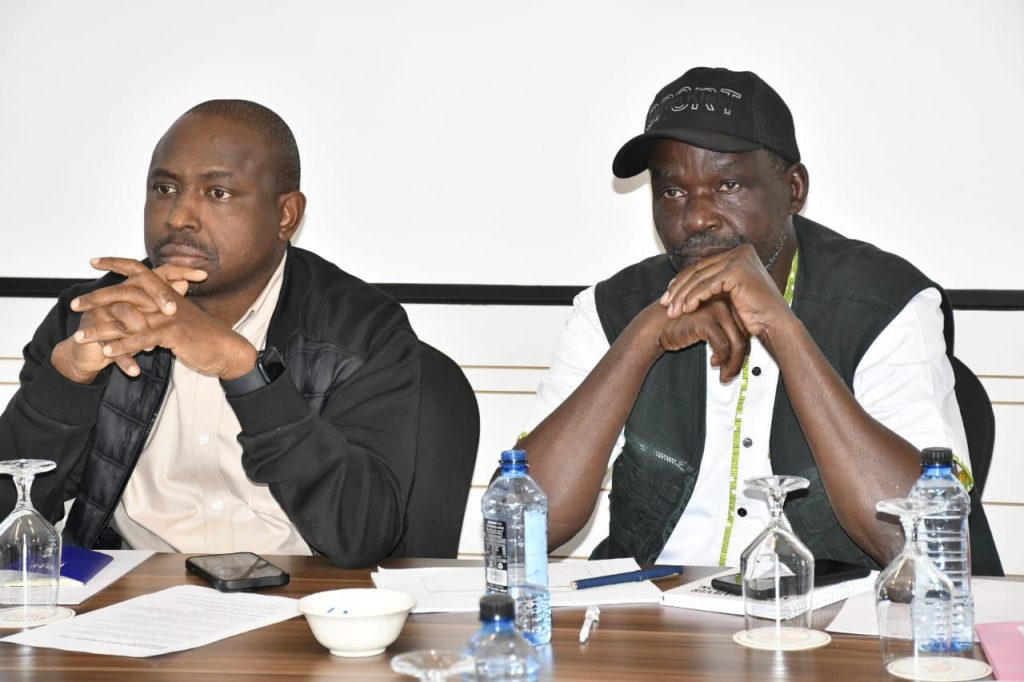
Kenya Sugar Board CEO Jude Chesire and Chairperson Nicholas Gumbo during a public participation meeting with the millers about development of the Sugar Development Fund Manual and update on the sugar industry policy direction
- Government Temporarily Shuts Down Sugar Mills in Western Region Amid Cane Shortage;
The government has announced a temporary closure of all sugar milling operations in the Upper and Lower Western regions for three months, beginning July 11, 2025.
This directive comes as the newly enacted Sugar Development Levy (SDL) takes effect, marking a coordinated strategy to rebuild the sector and phase out sugar imports by 2027.
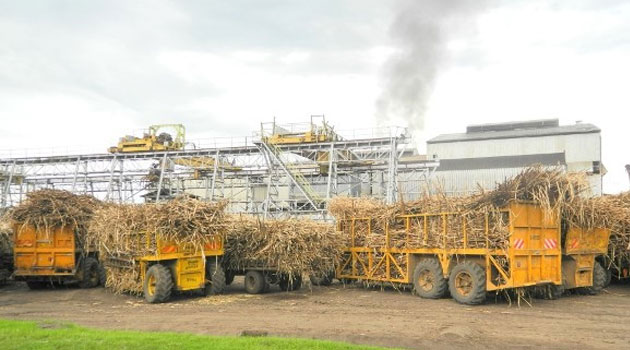 In a notice, the Kenya Sugar Board says it targets key millers in Western Kenya, including Nzoia Sugar Company, Butali Sugar Mills, West Kenya Sugar Company (and its Olepito and Naitiri units), Mumias Sugar (2021) Ltd, and Busia Sugar Industry Ltd.
In a notice, the Kenya Sugar Board says it targets key millers in Western Kenya, including Nzoia Sugar Company, Butali Sugar Mills, West Kenya Sugar Company (and its Olepito and Naitiri units), Mumias Sugar (2021) Ltd, and Busia Sugar Industry Ltd.
Jude Chesire, Sugar Board Chief Executive, said the decision was reached after a stakeholder consultative meeting held on July 4 in Kisumu, which confirmed an acute shortage of mature sugarcane in both regions.
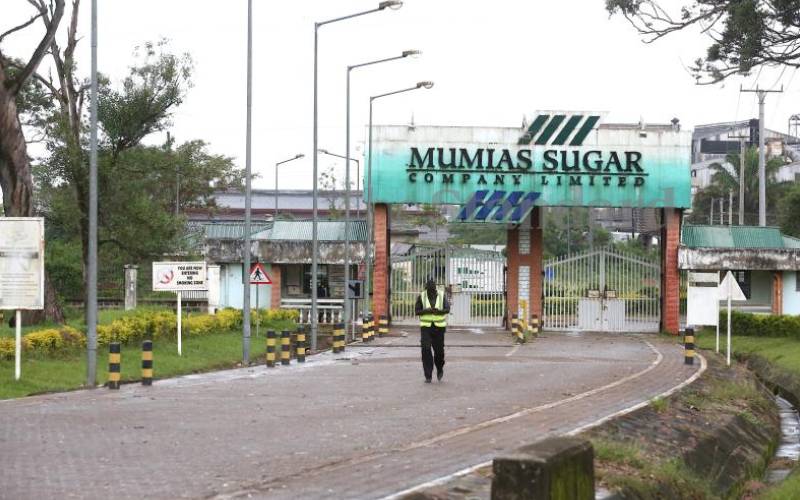 The shortage, attributed to inadequate cane development planning, has led to widespread harvesting of immature cane and a drastic decline in sugar production in the first half of 2025.
The shortage, attributed to inadequate cane development planning, has led to widespread harvesting of immature cane and a drastic decline in sugar production in the first half of 2025.
“This suspension will allow sugarcane to mature and enable a reset in cane supply planning.We will also conduct a cane census within two months to better assess field readiness ahead of resuming operations,” said Chesire.
Meanwhile, all millers have been directed to intensify cane development to ensure a sustainable supply of raw materials going forward.
This action aligns with the implementation of the SDL, effective July 1, 2025, as part of a broader national strategy to rejuvenate Kenya’s ailing sugar sector.
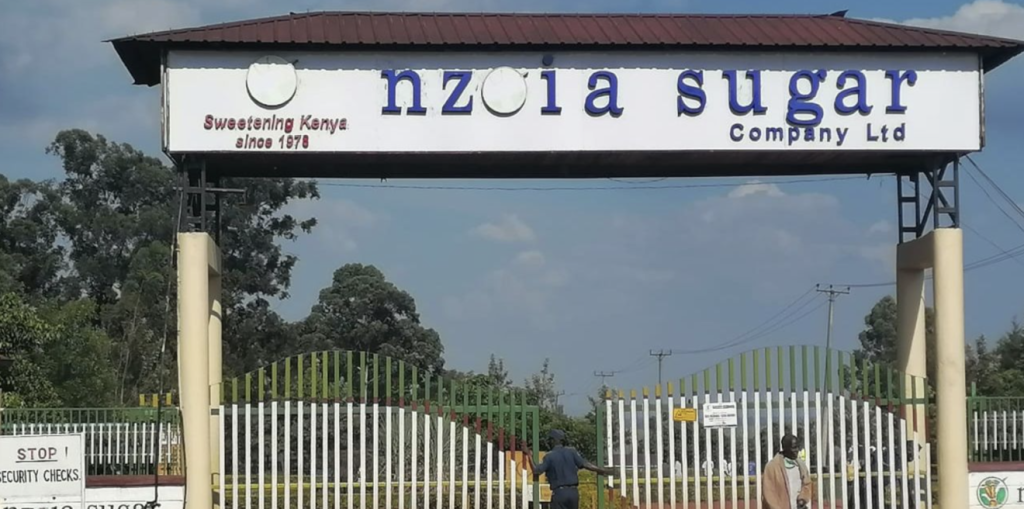 The levy will be calculated as 4 percent of the ex-factory price for locally produced sugar and 4 percent of the cost, insurance, and freight (CIF) value for imported sugar.
The levy will be calculated as 4 percent of the ex-factory price for locally produced sugar and 4 percent of the cost, insurance, and freight (CIF) value for imported sugar.
The Kenya Revenue Authority (KRA) has been appointed as the official collection agent, with all levies due by the 10th of each month following production or importation.
KRA is expected to issue detailed compliance guidelines soon.
The National Treasury has also approved the transfer of the Sugar Development Fund (SDF) from the Commodity Fund to the Kenya Sugar Board, a move expected to enhance transparency, credit discipline, and effective sector reinvestment.
Speaking at a public participation forum, Chesire detailed the distribution of the annual Sugar Development Levy (SDL) proceeds, estimated at over Sh5 billion.
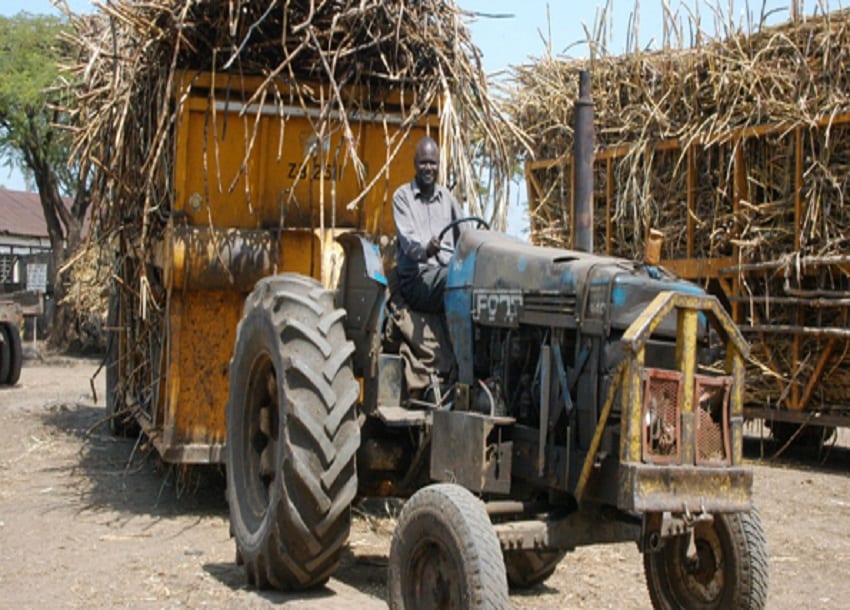 He stated that Sh2 billion (40 percent) is earmarked for cane development programs.
He stated that Sh2 billion (40 percent) is earmarked for cane development programs.
Another Sh600 million (15 percent) will go towards roads rehabilitation in sugar zones, Sh600 million (15 percent) to research and innovation, and a further Sh600 million (15 percent) to factory modernization.
The remaining funds will see Sh200 million (5 percent)used for strengthening farmer institutions, with 10 percent allocated for administrative functions under the Sugar Board.
Additionally, from September 1, 2025, all loan repayments by stakeholders with active financing facilities will be remitted directly to the Sugar Board.

Chesire emphasized that the combined impact of these reforms—including ongoing leasing of four state-owned mills and expanded private sector involvement—positions Kenya to end sugar imports entirely by 2027.
“With the SDL in place and proper financing mechanisms, we are now on the right track. The failures of the past must not be repeated.
This is the moment to reclaim the future of Kenya’s sugar industry,” he said.
Industry players are now urged to review the new SDL framework, accelerate cane development, and ensure full compliance with forthcoming KRA guidelines.




